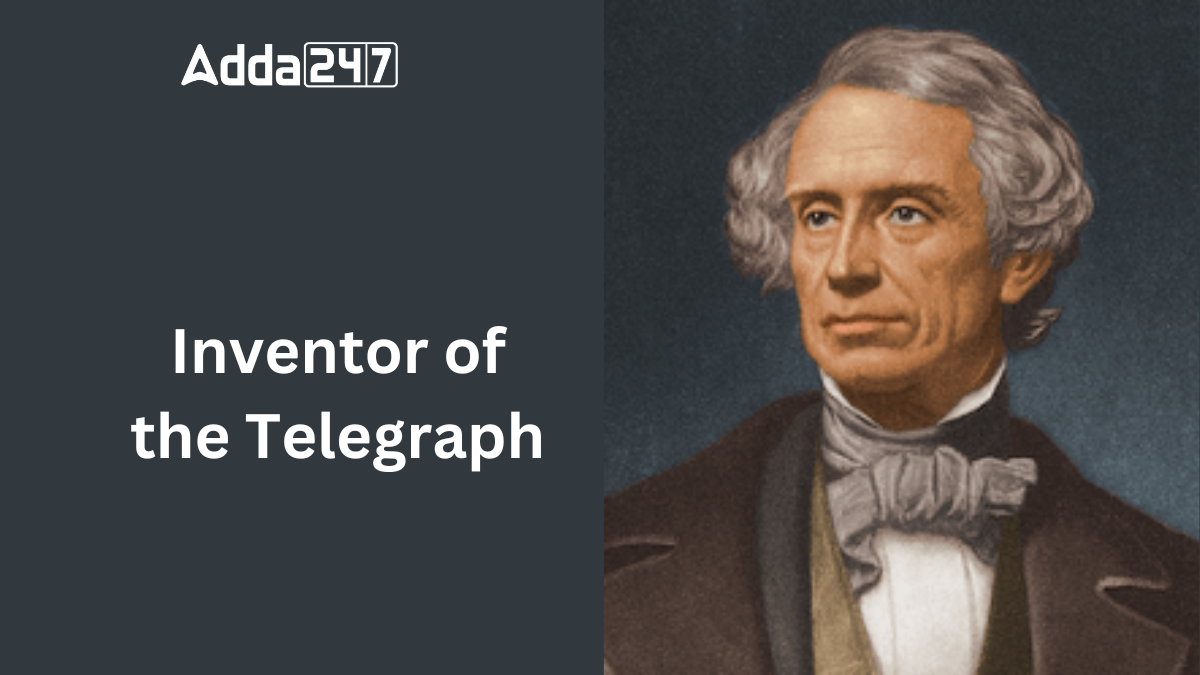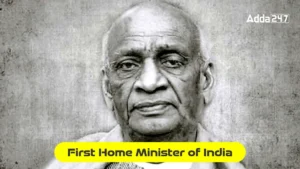Samuel Morse invented the first practical electric telegraph in the United States during the 1830s. This invention was a significant milestone in communication, enabling messages to be transmitted over vast distances within seconds. It paved the way for rapid communication and technological advancement, profoundly shaping modern society.
Inventor of the Telegraph
Born in 1791, Samuel Morse was an American inventor and artist who played a pivotal role in developing communication technology. He is best renowned for his creation of a practical telegraph system in the early 1830s. This system utilized Morse code—a method involving dots and dashes—to send messages across wires.
Morse’s invention revolutionized communication by facilitating the rapid transmission of messages over long distances. It marked the beginning of an era where instant global communication became possible, setting the foundation for the interconnected world we enjoy today. Before the telegraph, long-distance communication was slow and cumbersome, relying on the physical transport of messages.
Today, while we often take instant communication for granted, it was Samuel Morse’s telegraph that first made this possible, representing a monumental leap forward for humanity.
What is the Telegraph?
A telegraph is an electrical communication system that transmits coded messages over long distances. This telegram system consists of a transmitter and a receiver, where the transmitter converts the message into an electrical signal and the receiver converts the electrical signal back into a message. The signal is transmitted through wires or cables that run between the transmitter and the receiver.
Morse Code
Morse code is a communication system that uses a series of dots and dashes to represent letters, numbers, and symbols. Each letter, number, and symbol in Morse code is represented by a unique sequence of dots and dashes. This system quickly spread throughout the world, transforming the way information was transmitted and paving the way for the development of modern communication technologies.
Early Forms of Communication Before the Telegraph
Before the invention of the telegraph, people had been communicating with each other in various ways:
- Smoke Signals: Smoke signals were used by various indigenous communities to communicate over long distances. A fire was made, and the smoke was sent into the air in a particular pattern to convey a message.
- Carrier Pigeons: People used carrier pigeons to communicate over long distances. A message would be attached to the leg of a pigeon, and then the pigeon would fly to the destination and deliver the message.
- Semaphore: Semaphore was especially popular with the military and navy. It involved using flags or lights to send messages over long distances.
Impact of the Telegraph on Communication and Technology
- Faster Communication: The telegraph enabled messages to be sent much faster than previous communication methods. Before the telegraph, it could take days or even weeks for a message to be delivered. With the telegraph, messages could be sent and received almost instantly.
- Global Communication: The telegraph made it possible for people to communicate across long distances, including across oceans. This helped connect people and businesses around the world and facilitated the growth of international trade.
- Increased Efficiency: The telegraph helped increase efficiency in many industries, including banking, transportation, and news media. With faster communication, businesses could make decisions more quickly and respond to changing market conditions faster.





 Which City is known as the City of Bambo...
Which City is known as the City of Bambo...
 Who was the First Home Minister of India...
Who was the First Home Minister of India...







